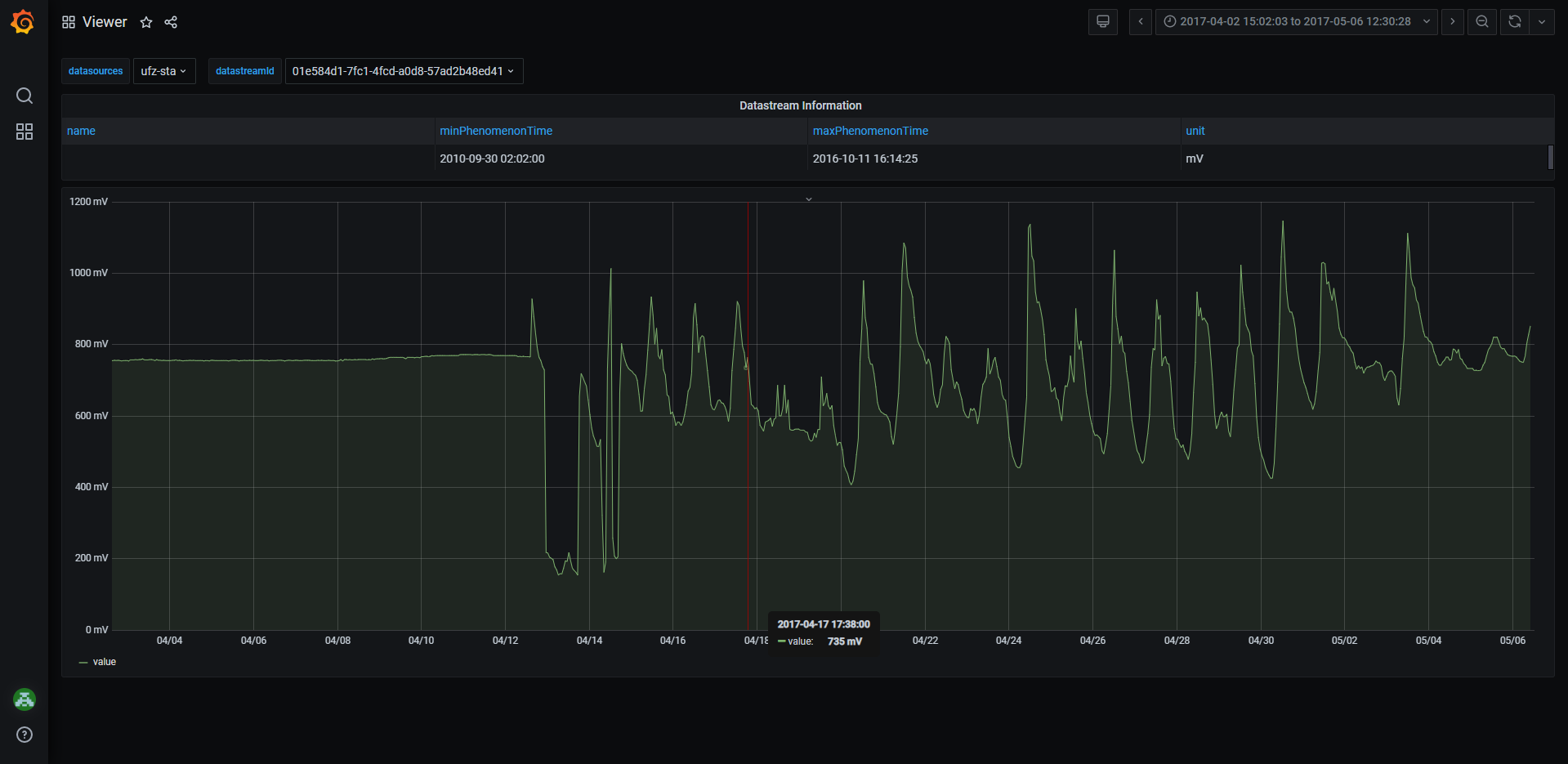Data Management and Time Series Visualization
Supporting UFZ to manage and visualize geodata across borders
The Helmholtz Centre for Environmental Research (UFZ) was founded in 1991. They currently have nearly 1,200 employees and main locations in Leipzig, Halle and Magdeburg (Germany). As the UFZ continues to develop their geo and research data, they have identified a particular need for advice on how to implement the future geodata management and geospatial data visualization as well as how to access and visualize measurement data via interoperable interfaces.
The Helmholtz Association’s Research Field Earth and Environment is developing a DataHub based on the FAIR principles. The Research Centres UFZ, GFZ, FZJ of the sub-hub “Hub-Terra” have committed to a common architecture formed on standardized interfaces and the provision of shared services. Activities currently focus on metadata, data and data products based on spatial and time series data sets.
This project initially aims to identify, discuss and document UFZ’s and other Helmholtz Centres’ geodata management requirements for various research projects. The overall objective is to help the UFZ identify a solution for managing their geodata and to create prerequisites for a possible implementation. Geodata, in this case, comprises raster data (basic data, model calculations, analysis results), vector data and reference data. Currently, each UFZ scientific unit has an individual workflow for handling geodata. This is particularly reflected in data storage, e.g., file shares, RDBMS, local storage, cloud/HPC storage. In order to enable an effective and sustainable use of the data, 52°North helps standardize the various workflows.
Another aspect of the project covers the sharing of observation data. For several years, the UFZ and other Helmholtz Centres have been using the OGC Sensor Observation Service (SOS) to provide time series data. The Open Geospatial Consortium (OGC) simultaneously developed the SensorThings API as an additional specification for time series provision. This API offers some simplifications, especially for the development of client applications (the use of JSON instead of XML). Furthermore, UFZ identified a high demand for enabling the visualization of time series data across individual Helmholtz Centres’ borders. They require strategies for providing recommendations on how the UFZ and other Helmholtz Centres could advance their infrastructure for sharing observation data.

Our team completed a significant extent of this project in 2020. This included an introductory workshop on relevant OGC interoperability standards. We also conducted workshops with the UFZ to refine the requirements towards a future research data management infrastructure. This also involved defining an interoperable approach (based on the OGC SensorThings API standard) for the exchange of sensor data between multiple Helmholtz Centres.
